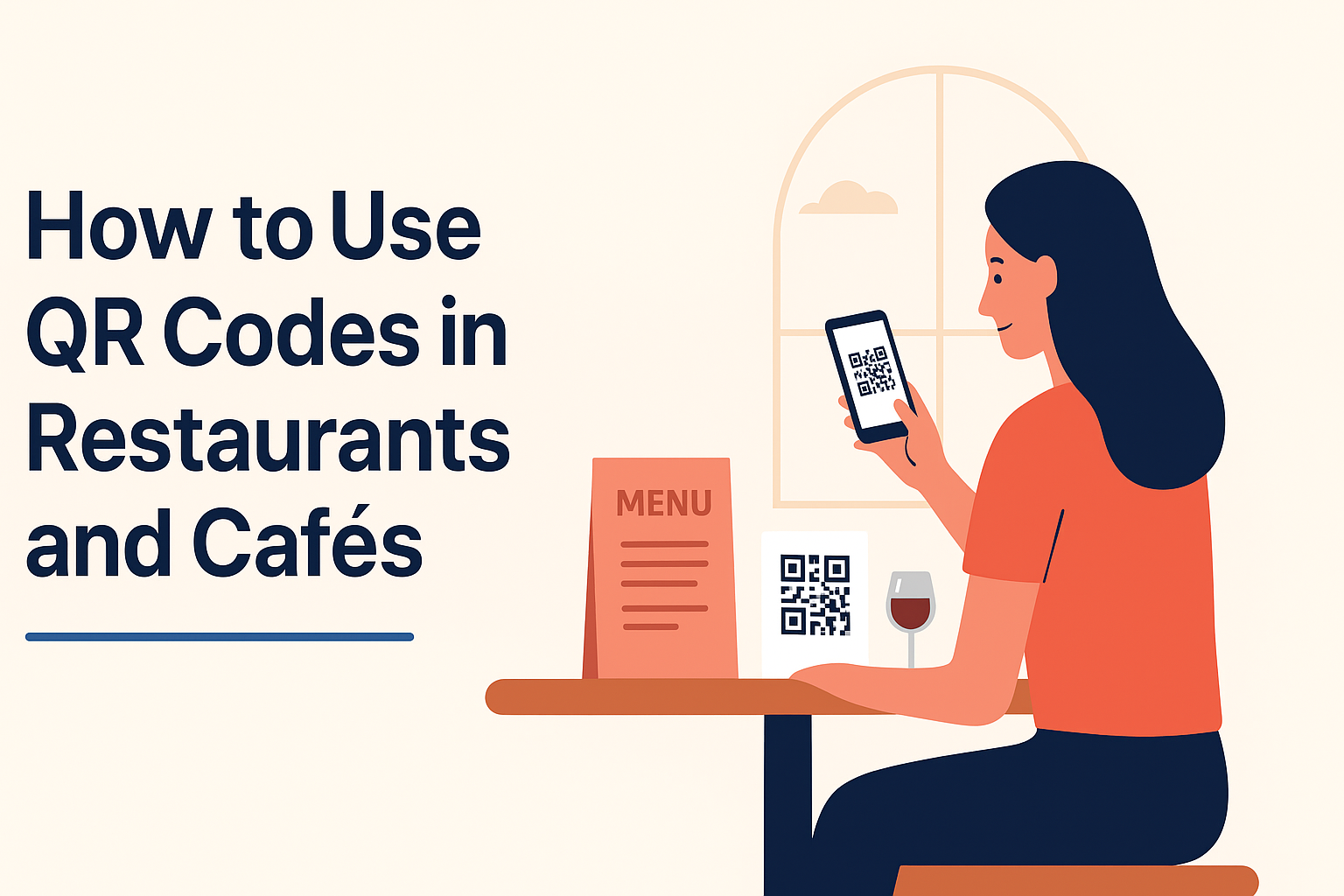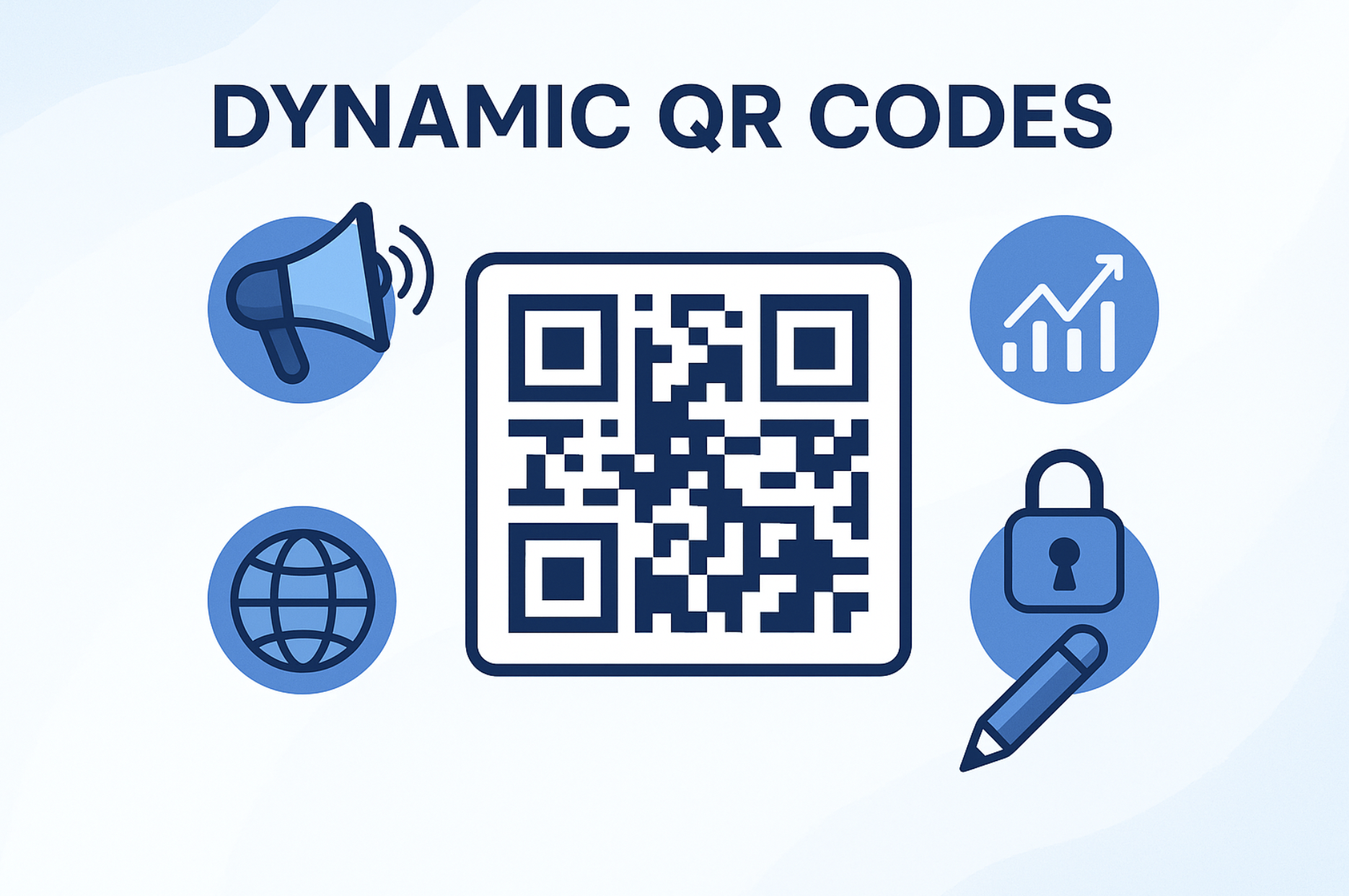Quick Summary
QR codes are reshaping the food and beverage industry, making dining safer, smarter, and more engaging. Whether it’s a café introducing a digital menu or a fine-dining restaurant streamlining reservations, QR codes deliver flexibility and innovation. This blog explores how to use QR codes in restaurants and cafés effectively in 2025, highlighting the best use cases, benefits, and implementation tips.
Table of Contents
Introduction
The dining experience has evolved dramatically in the last few years, with technology taking center stage in how restaurants and cafés engage with customers. One of the simplest yet most powerful tools driving this transformation is the QR code.
But the real question many owners ask is: how to use QR codes in restaurants and cafés effectively? From improving hygiene with digital menus to boosting sales through promotions, QR codes are more than just a convenience; they're a business growth engine.
Why QR Codes Matter for Restaurants & Cafés?
QR codes offer several advantages that traditional print and manual processes simply cannot match:
- Hygiene & Safety: Contactless menus and payments reduce touchpoints.
- Flexibility: Update menus, pricing, and offers without reprints.
- Cost Efficiency: Eliminate the recurring cost of printing menus and flyers.
- Customer Experience: Faster access to menus, payments, and loyalty programs.
- Insights & Analytics: Track scans and measure campaign performance with dynamic QR codes.
Most Effective Use Cases
1. Digital Menus & Ordering
One of the most common applications is replacing traditional menus with QR codes. Customers simply scan the code on their table to access a mobile-optimized digital menu. Restaurants can update items, pricing, or specials in real-time without reprinting. Some even integrate QR codes with ordering systems, allowing guests to browse, order, and pay, all from their smartphones.
2. Contactless Payments
Cashless dining has become the norm. With QR codes, restaurants can accept payments directly via popular gateways like UPI, PayPal, or card processors. This reduces checkout time and provides customers with a safe, frictionless experience.
3. Promotions, Discounts & Special Offers
QR codes on posters, receipts, or table tents can link to time-sensitive offers, seasonal menus, or contests. A customer scanning a code might unlock a “10% off next visit” coupon or exclusive happy hour deal, driving repeat visits and boosting sales.
4. Customer Reviews & Feedback
Reputation is everything in the F&B industry. QR codes make it easy for customers to leave instant feedback or Google Reviews. By placing a code on receipts or table cards, restaurants can capture customer sentiment on the spot, improving online ratings and visibility.
5. Loyalty & Rewards Programs
Restaurants can retain customers by linking QR codes to loyalty programs. Diners scan a code to register, collect points, or redeem rewards. Cafés, in particular, use this to encourage repeat coffee purchases and increase lifetime customer value.
6. Wi-Fi Sharing
Offering free Wi-Fi is common, but typing long passwords isn’t user-friendly. A QR code that connects customers to Wi-Fi instantly improves convenience while keeping your password secure.
7. Reservations & Event Bookings
QR codes on websites, posters, or social media can link directly to online booking forms. For special events like wine tastings or live music nights, this ensures smooth RSVPs and higher attendance.
Best Practices for Implementation
- Use Dynamic QR Codes: Unlike static codes, dynamic codes can be updated anytime without reprinting.
- Design for Your Brand: Customize codes with colors, logos, and frames to enhance trust and recognition.
- Optimize for Mobile: Ensure menus, offers, and forms linked to your QR codes are mobile-friendly.
- Strategic Placement: Put codes where customers naturally interact that are tables, menus, receipts, or storefronts.
- Track Performance: Use scan analytics to understand customer behavior and improve campaigns.
Future of QR Codes in the Dining Industry
As technology advances, QR codes will integrate with AI-driven personalization, CRM systems, and even AR dining experiences. Restaurants that adopt these tools early will stay ahead of the competition and deliver memorable customer journeys.
Final Thoughts
If you’ve been wondering how to use QR codes in restaurants and cafés, the answer lies in focusing on customer convenience and business efficiency. From digital menus to loyalty programs, QR codes bridge the gap between offline dining and online engagement.
With Enqode QR, restaurants and cafés can generate secure, dynamic, and customizable QR codes that don’t just keep up with trends but set new standards in dining innovation.




